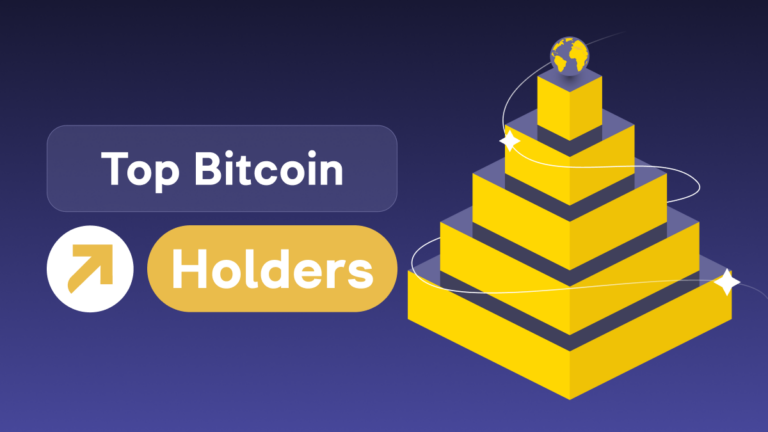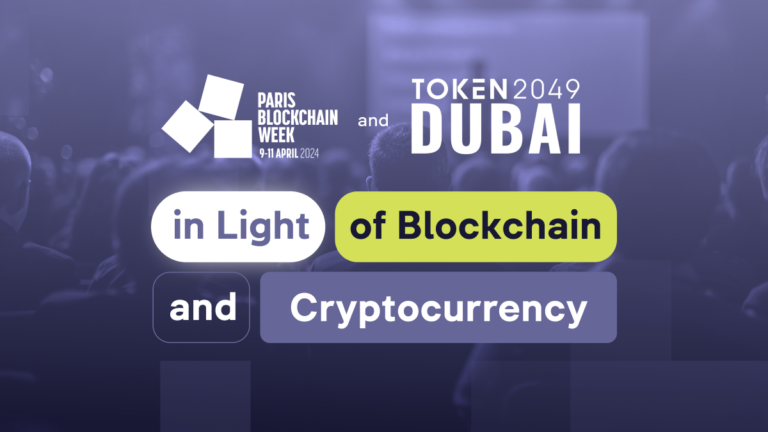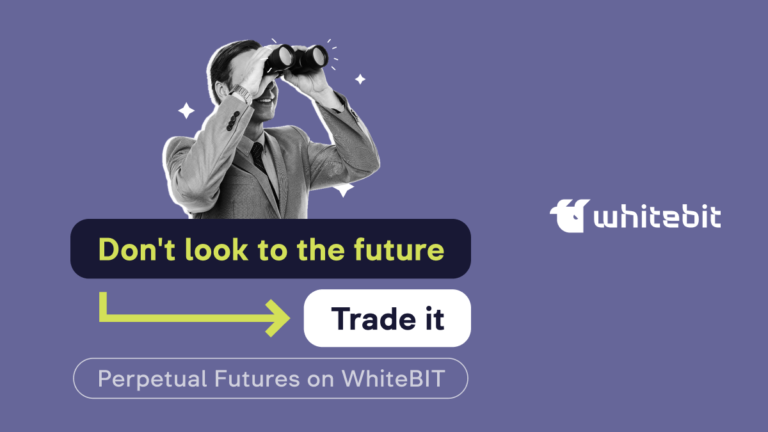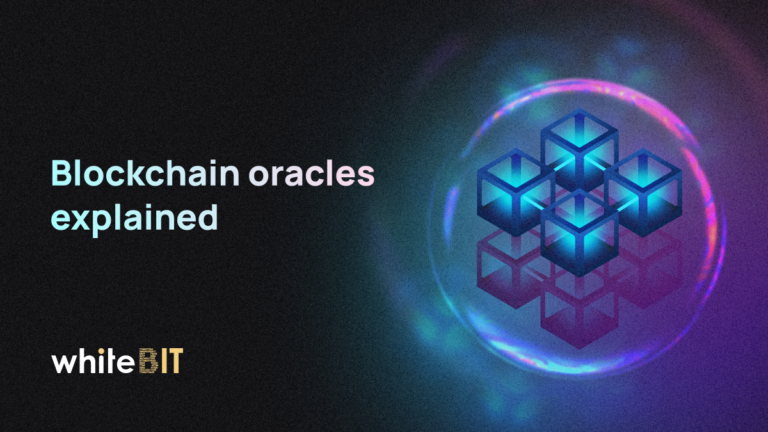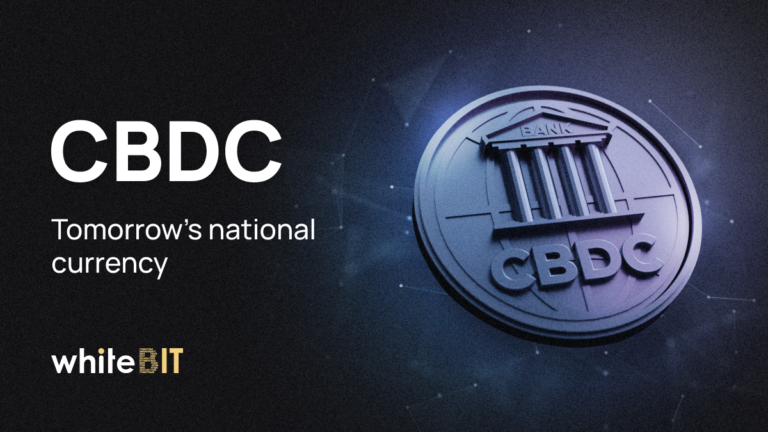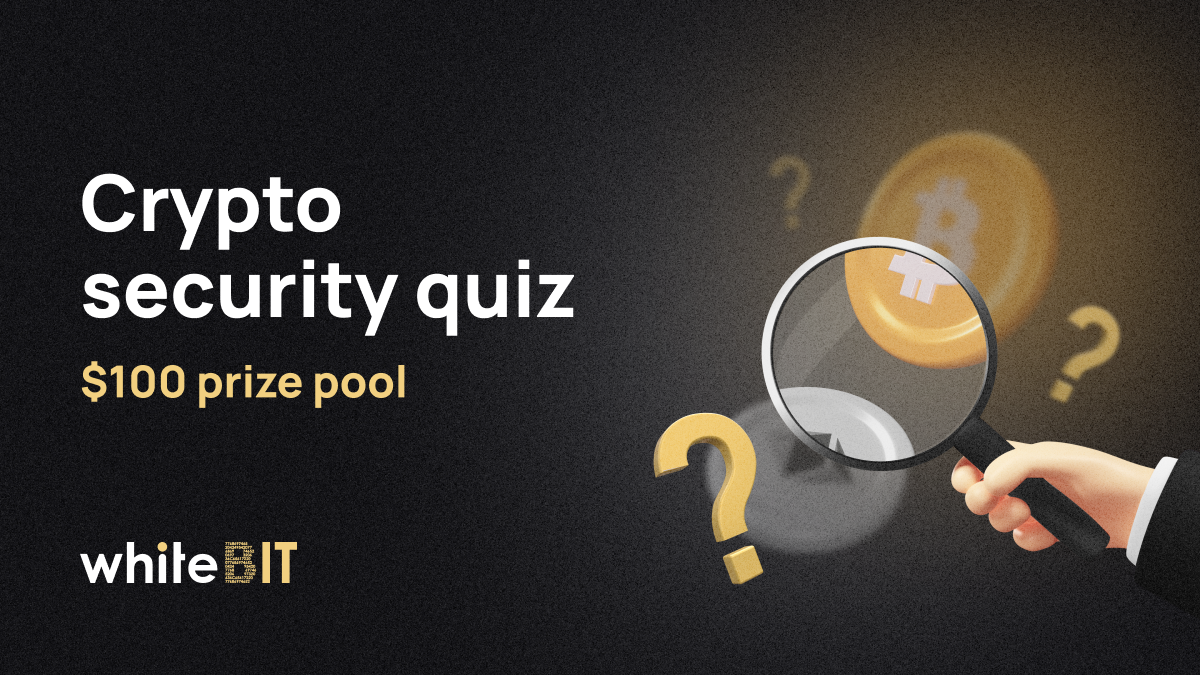How to buy a good asset: pre-investment analysis
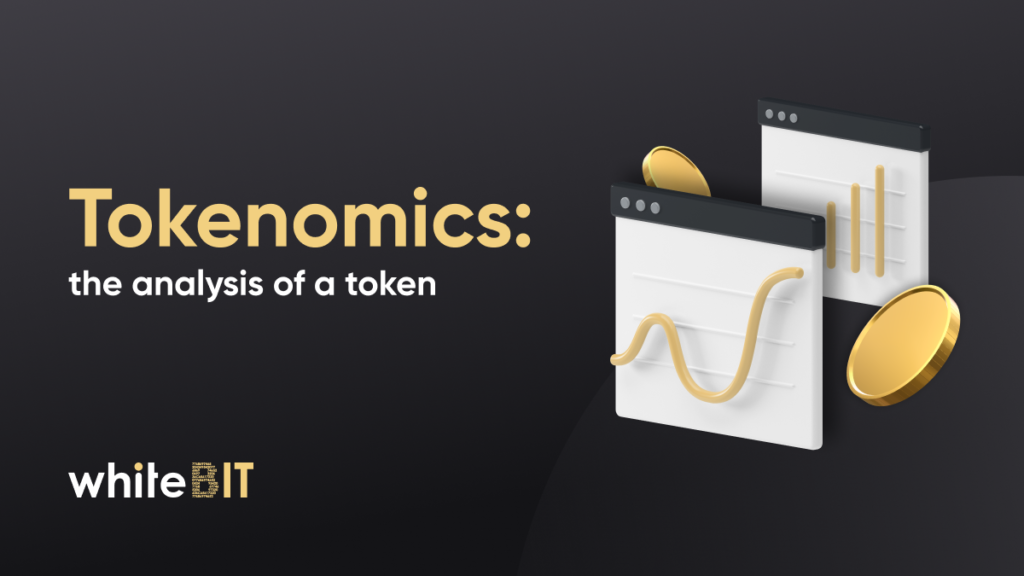
Content
In the first article, we talked about tokenomics, different approaches to the analysis, micro- and macrotokenomics, and the basic questions that need to be answered when studying a new project. This time we will explore the types and functionality of tokens.
Utility tokens are blockchain-based assets you buy to use for something in the future. They can be fungible and non-fungible. Non-fungible utility tokens (NFTs) are digitized valuables (like pieces of art, music, etc.). They are usually not highly liquid.
Security tokens are digital, liquid contracts for fractions of any asset that already has value. They are different from utility tokens because they literally have written guarantees of ownership and the ability to receive profit in the form of interest. Because of that, their price is more stable.
Let’s take a look at the most important properties of a token that need to be taken into account before buying it.
Liquidity
Liquidity is the ability of an asset to be bought and sold on the market. It essentially reflects the demand for an asset. Highly liquid tokens are perfect for trading with Market Orders because liquidity demonstrates the value of an asset at a market or near-market price in real time.
Wash trading
Some projects, especially new ones, can carry out wash trading, which means buying and selling the same tokens at the same time in order to manipulate the market. To understand whether to trust the asset, you need to turn to platforms that analyze the data provided by projects. Such websites as CoinMarketCap compose ratings based on liquidity.
Potential
The popularity of an asset is clearly reflected in the number of transactions. For assets that burn a certain percentage of each transaction, this may mean a potential price growth in the future. The more transactions, the faster the deflation, the higher the token price. But it’s not the only scenario.
Resistance to inflation
The next step is to analyze how resistant an asset is to depreciation. When there is no limit to the number of tokens, the project is prone to inflation. The creation of more and more tokens (especially in unlimited quantities) leads to an increase in supply. And if the project does not gain popularity and the demand does not cover the supply, the price of the token may progressively fall.
After emission
Especially careful behavior is recommended when a new release occurs. As a rule, the number of emissions or burns is indicated in the White paper or on the website. But the exact dates are not indicated due to possible speculation. Check the behavior of the token on the chart after the emission has already been carried out and the subsequent dynamics.
Scalability of the project
A project must offer unique solutions that can make transactions fast, inexpensive, and secure while remaining decentralized. This is scalability. To understand if the token is scalable, it is recommended to check its technical documentation.
The team
Explore the team that developed the project. The task is to determine whether the developers have previously taken part in creating blockchain products and whether these projects and people are connected to scams.


